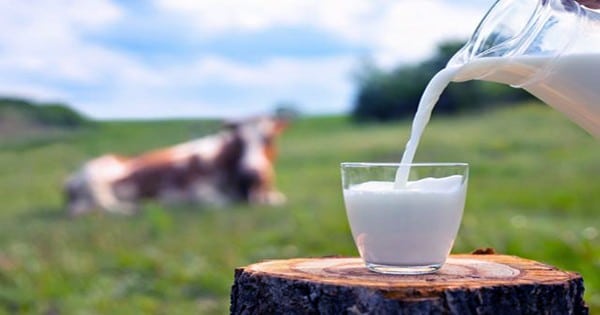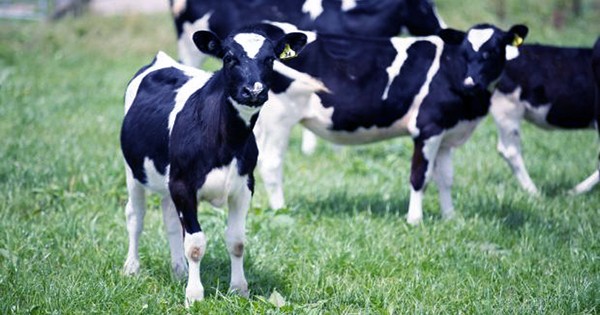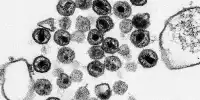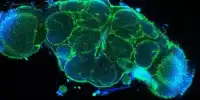Being the first transgenic cow in history to generate human insulin in its milk, Brazilian scientists have created a cow that possesses this ability. Although it is still a long way off, the researchers are hopeful that this bovine discovery may pave the road for sustainable insulin production and assist in addressing the global shortage of insulin.
The accomplishment is now only a proof-of-concept, but with more research and FDA permission, it may be scaled up to compete with the present techniques of producing insulin, which entail genetically engineered yeast and bacteria.
“Mother Nature created the mammary gland as an extremely effective factory for producing protein.” Using that method, we can create a protein that will benefit hundreds of millions of people globally “The principal author of a publication that details the research, Professor Matt Wheeler, stated in a statement.

By introducing a section of human DNA that codes for proinsulin, the protein precursor of insulin, into the nucleus of ten cow embryos, Wheeler and co-authors were able to generate a transgenic cow. After being inserted into the uteruses of healthy cows, these altered embryos produced a transgenic calf that was born alive in one of the cows.
The scientists used hormones to promote milk in the cow even though they were unable to conceive it after it reached maturity. Although less milk was produced than would normally happen after pregnancy, the milk that was produced included human proinsulin and, to the team’s amazement, insulin.
“To produce proinsulin, separate it into insulin, and proceed from there was our aim. However, the cow handled it all by herself. According to Wheeler, she produces proinsulin around three to one physiologically active insulin to one.
Due to the application of genetic engineering, human insulin was exclusively intended for expression in the mammary tissue of the cow and was absent from other parts of the animal.
Insulin and proinsulin must be isolated and purified before they may be utilized. Assuming this is possible, Wheeler suggests that if each cow produced 1 gram (0.04 ounces) of insulin per liter of milk, the system might produce a large amount of insulin.
A typical unit of insulin is 0.0347 milligrams (0.000001 ounces), which “means each gram is equivalent to 28,818 units of insulin,” Wheeler stated. “And it is only one liter; Holsteins may generate 50 liters per day. “You can do the math.”
The researchers intend to re-clone the cow and eventually build a transgenic herd. This, they claim, might one day give insulin to millions of diabetics throughout the world.
It may be a pipe dream for the time being, but Wheeler is optimistic: “I could see a future where a 100-head herd, equivalent to a small Illinois or Wisconsin dairy, could produce all the insulin needed for the country,” he said. “What about a larger herd?” “You could produce the entire world’s supply in a year.”
















